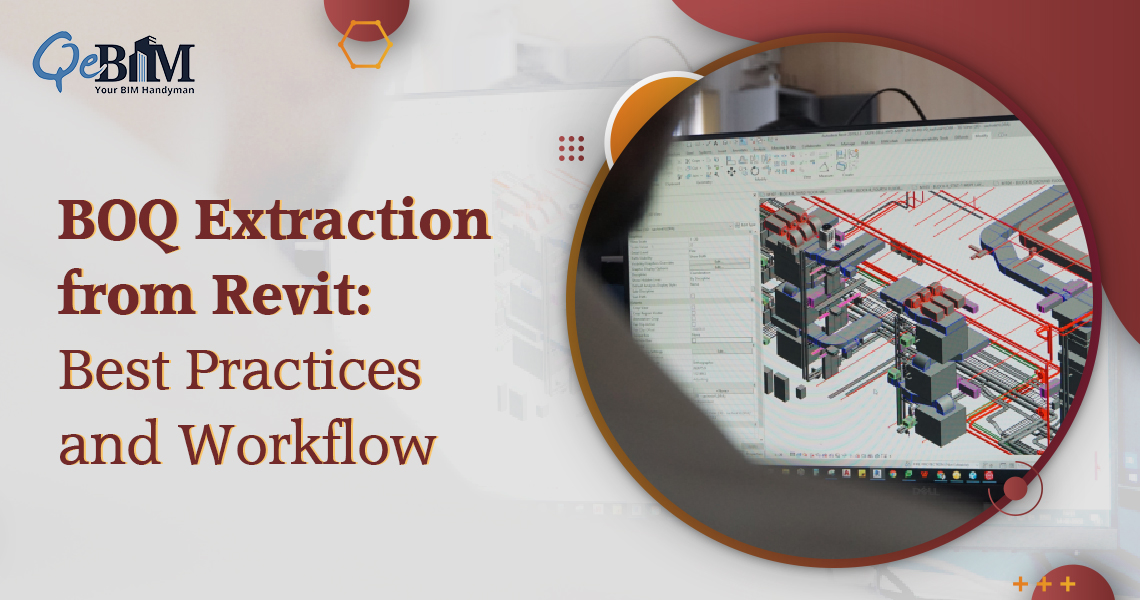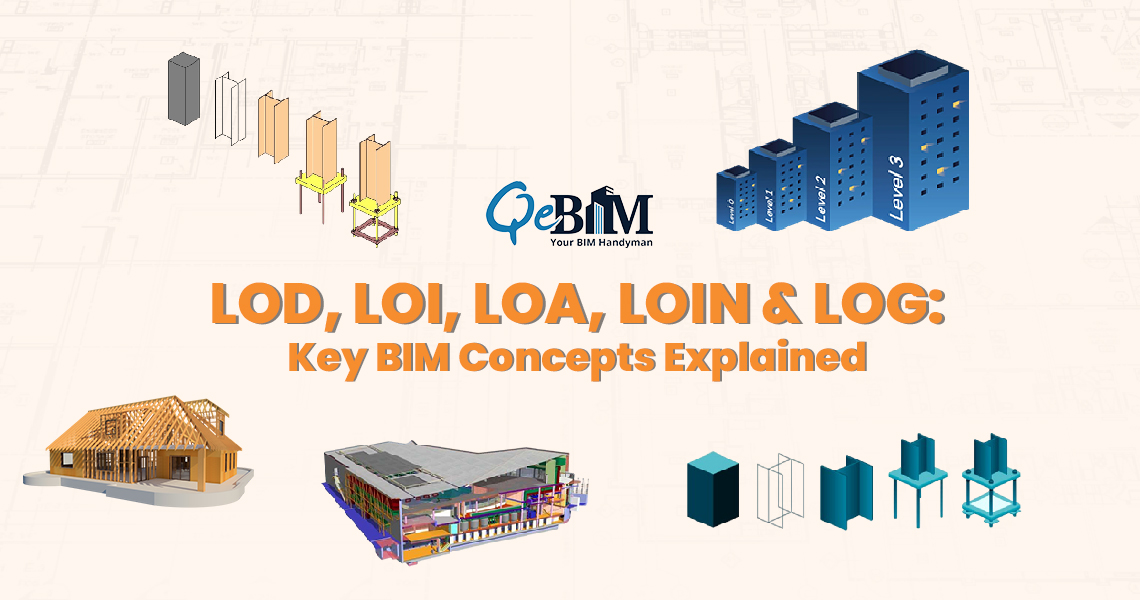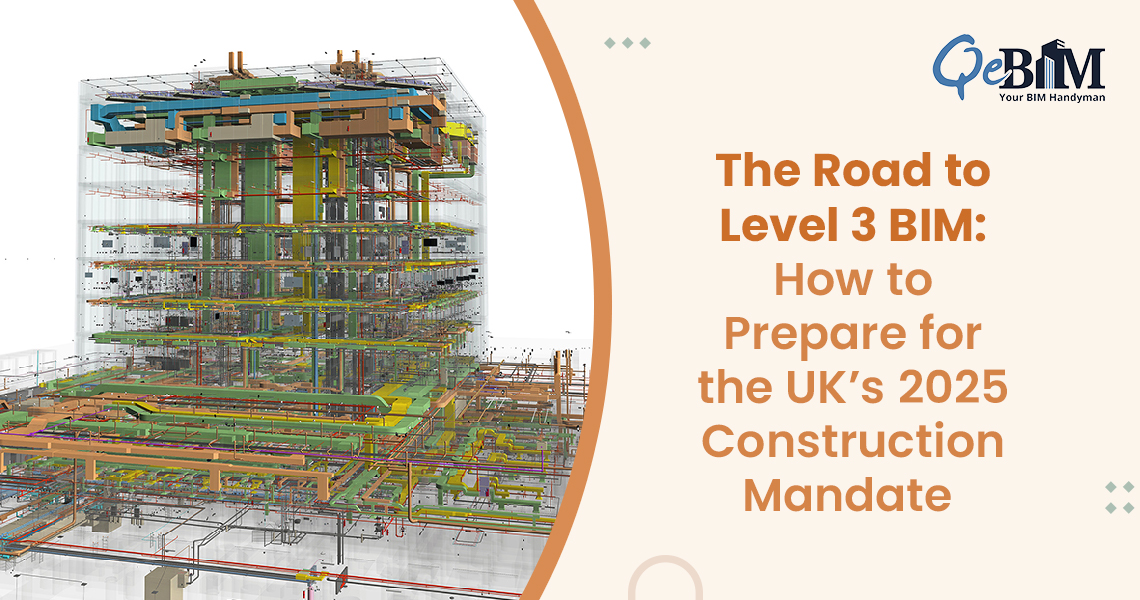Civil engineering is a discipline that deals with the design, construction, and maintenance of infrastructural projects like roads, bridges, airports, pipelines, railways, and many more. These may vary from mid-scaled to large-scaled projects concerning the complexities. When considering BIM, usually, there is a misconception by many engineers that BIM is only beneficial for architectural projects because of the word “Building” in BIM. But this is just a myth. The reality is that almost all architectural and construction professionals can avail the benefits of BIM Services at all stages of an infrastructural project lifecycle, including Civil engineers too.
In fact, Building Information Modeling (BIM) has revolutionized how civil engineers plan, design, construct, and manage infrastructural projects. This innovative technology provides numerous benefits that enhance the efficiency, accuracy, and collaboration of civil engineering processes. This blog will unveil the key advantages of BIM for civil engineers.
Top 8 Advantages of BIM for Civil Engineers
1) Capture Current Site Data:
BIM empowers civil engineers to amass vast amounts of pre-existing data, encompassing reality capture, 2D CAD, raster, and GIS (Geographic Information System) data. This data aggregation significantly enhances the precision of the 3D model representing existing sites.
2) Enhanced Visualization and Design:
BIM enables civil engineers to create detailed 3D models of structures, allowing them to visualize and assess the design before construction begins. This visualization capability helps identify potential clashes, design errors, and constructability issues early, leading to better-informed decision-making and improved design outcomes. Engineers can also simulate different scenarios and evaluate the impact of design changes, optimizing the overall project performance.
3) Improved Collaboration and Coordination:
BIM promotes collaboration and coordination among project stakeholders, including civil engineers, architects, contractors, and owners. With BIM, all relevant parties can access and share a central database of project information, reducing errors and miscommunication. This collaborative environment fosters interdisciplinary coordination, facilitates clash detection, and ensures all project participants work towards a common goal. Additionally, real-time updates and communication through BIM platforms streamline the exchange of information, leading to improved project efficiency and productivity.
4) Clash Detection and Risk Mitigation:
BIM’s clash detection capabilities are precious in civil engineering projects. By integrating various building systems and components into a single model, BIM identifies potential clashes between different elements, such as structural elements, mechanical, electrical, and plumbing (MEP) systems. Early detection of clashes enables engineers to resolve conflicts before construction, minimizing rework, cost overruns, and delays. Furthermore, BIM can simulate and analyze potential risks and hazards, allowing engineers to implement effective mitigation strategies and improve overall project safety.
5) Save Cost and Time:
BIM saves huge in terms of costs and time throughout the lifecycle of the project. With BIM’s accurate quantity take-off and cost estimation features, civil engineers can generate detailed material quantities and cost estimates, facilitating more precise budgeting and procurement. Additionally, BIM enables efficient construction scheduling and sequencing, optimizing resource allocation and minimizing project delays. By identifying potential design issues early on and streamlining construction processes, BIM helps reduce rework, change orders, and costly errors, resulting in substantial cost savings.
6) Improved Construction Management:
BIM provides real-time project tracking and monitoring capabilities in construction management. By integrating BIM with project management software, civil engineers can monitor the progress of construction activities, track material deliveries, and identify potential schedule deviations. This information allows for proactive decision-making, timely issue resolution, and improved project control. BIM also enables better coordination between contractors and subcontractors, facilitating the smooth execution of construction tasks and reducing conflicts on site.
7) Enhanced Operations, Maintenance, and Facility Management :
BIM continues delivering benefits beyond the construction phase,i.e., while managing and maintaining. The rich data embedded in the BIM model provides a comprehensive digital representation of the built environment. This information includes equipment specifications, maintenance schedules, and operational details. Civil engineers can leverage this data to optimize facility maintenance, plan future renovations or upgrades, and improve asset performance. BIM’s integration with computerized maintenance management systems enables efficient asset tracking, preventive maintenance planning, and timely repairs.
8) Sustainable Design and Analysis:
BIM supports sustainable design practices by facilitating energy analysis, environmental impact assessment, and life cycle analysis. Civil engineers can simulate energy consumption, daylighting, and thermal performance using BIM tools, enabling the evaluation of various design alternatives to optimize energy efficiency. BIM also allows engineers to assess the environmental impact of materials and construction processes, helping make informed decisions to minimize the project’s carbon footprint. By integrating sustainability analysis into the design process, BIM promotes the creation of environmentally responsible infrastructure.
BIM offers a wide range of benefits for Civil Engineers
From improved visualization and design to enhanced collaboration and coordination, clash detection, cost savings, and facility management, BIM enhances civil engineering projects’ efficiency, accuracy, and sustainability. By collaborating with a top-rated BIM Company, civil engineers can leverage BIM technology by optimizing project outcomes, minimizing risks, and delivering infrastructure projects that meet the demands of the modern world.





